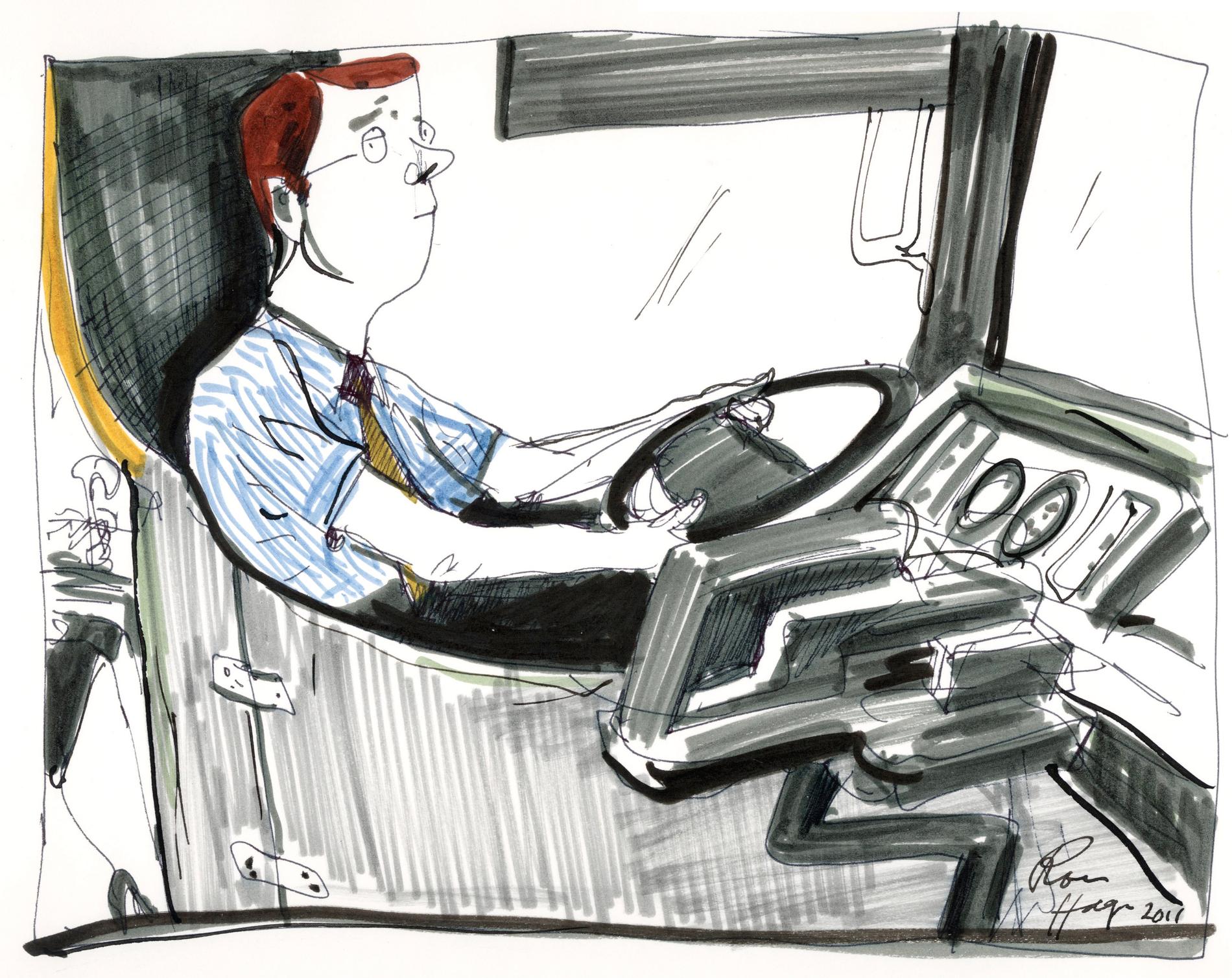
Those of us who lived far from school will never forget our first bus driver.
Less than 20 minutes ago
–
At 08.35 every morning he stopped and greeted me gently when I crawled on board.
His name was Kåre. And many of us probably dreamed of becoming like Kåre.
Not many people do that anymore. There is a crying need for bus drivers. NHO found out in 2017 that there was a need for 1,000 new bus drivers a year until 2030 – and the pandemic has meant that the number is now perhaps double that.
Only old men drive buses. Less than every ten bus drivers are women. The average age of bus drivers is 51.5 years, and almost 30 per cent of them are over 60.
Choose heavy transport
Among young people, almost no one wants to drive a bus. NRK could recently tell about a class of 15 students who will become professional drivers. 14 of them choose heavy transport. Only one must drive the bus.
Some people don’t think the bus is cool enough, others think the responsibility is too great. Salary and working conditions are also highlighted. The job is not attractive enough for today’s young people.
In a few years, there may simply be too few drivers to man all the buses. Routes may be cancelled. Even the school routes can be threatened.
At the same time, a greener Norway must have more transport transferred from cars to public transport, not least buses. Currently, buss-Norge is saved by pensioners who drive.
Fight for the workers
This is happening at the same time as there is low unemployment and a tough battle for the workers who are.
The salary figures for 2021 show that bus drivers have lagged behind compared to industrial workers, which stood at NOK 524,500, while bus drivers had just under NOK 480,000. It also means that the difference between them has increased.
In our time, which bus company will run where is determined by auction companies announcing tenders. The auction companies are set up by the county councils and have names such as AtB, Ruter, Kolumbus, Skyss and so on – depending on where in the country you live. Then a bus company wins, often the one that offers the lowest price. Some believe that we should return to the time when the county council itself ran this. That is unlikely to happen.
Part-time jobs
The employees also complain that there are too many part-time positions in the industry – where it has not been a topic on an equal footing with the nurses.
Traditionally, the profession was often occupied by people who combined it with other jobs, such as farmers, fishermen or students. In 2022, the requirements for full-time positions are completely different, not least in the big cities. Therefore, it is probably also one of the solutions to recruitment.
At the same time, there are also fewer and fewer Norwegian tour buses on the roads. This threatens emergency preparedness in Norway. When trains are cancelled, railway companies struggle to provide buses for trains.
Taking over the market
After the Eastern European countries entered the EU, many Eastern European buses have arrived in Norway. They have taken over large parts of the market. Today’s EU rules allow foreign tour bus companies to operate in an EU/EEA country indefinitely.
In other words, the Norwegian bus industry currently has more than one problem to contend with.
It looks like the politicians have to step in. Although we have a tight labor market now, there are also many people who want to work. Closer cooperation between the industry and NAV can hopefully qualify and recruit more people to sit behind the wheel.
Because we need bus drivers with a good mood.
–

![[Grand format] A containment laboratory in the eye of Valérian Mazataud [Grand format] A containment laboratory in the eye of Valérian Mazataud](https://media2.ledevoir.com/images_galerie/nwd_1322361_1022232/image.jpg?ts=1659154541)